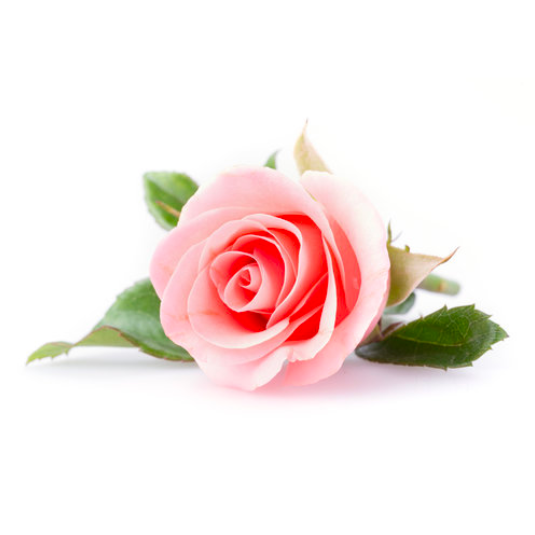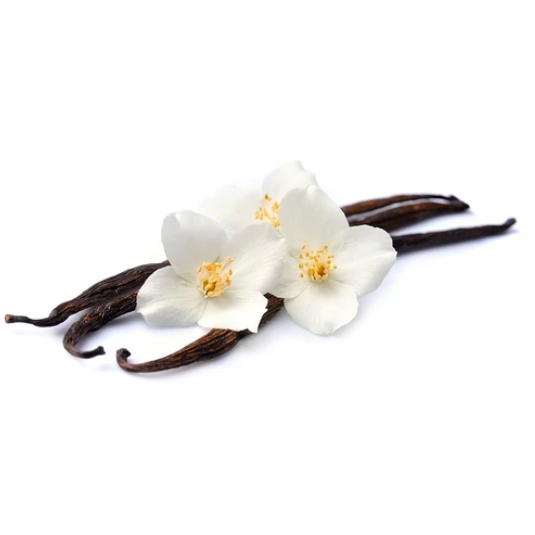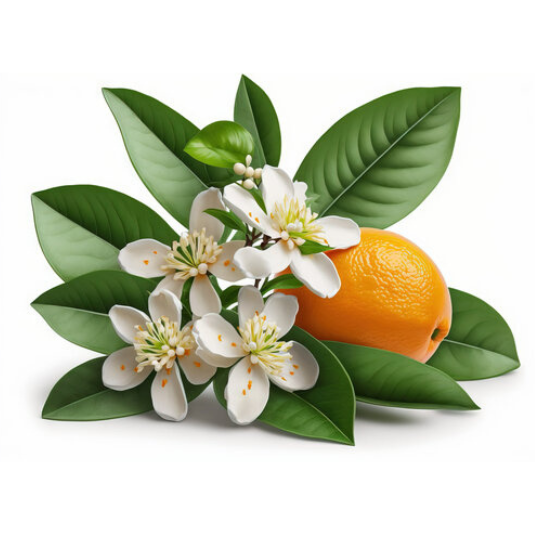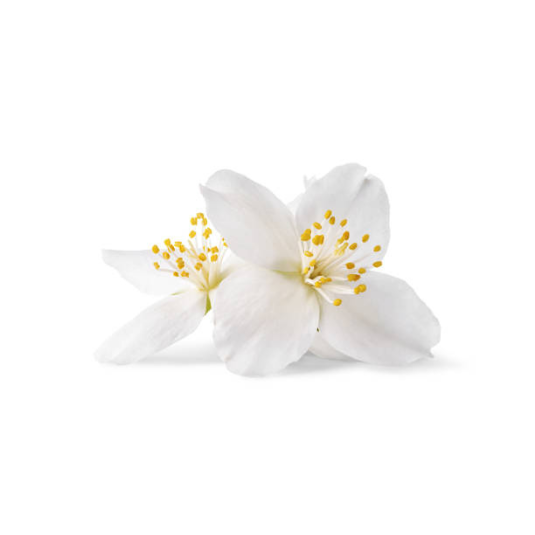Name and etymology of the lily of the valley
The lily of the valley is also known as the valley lily, the wood lily or the steeple lily. Its scientific name is Convallaria majalis. The name lily of the valley comes from the Latin word "maialis" which means "of May". The lily of the valley has a strong symbolism in many cultures. In France, it is associated with the May Day holiday and is offered as a sign of happiness and good luck. In Germany, it is traditionally offered on Mother's Day. In Japanese culture, lily of the valley is considered a good luck charm and is often used to decorate weddings
and religious ceremonies
History of the Lily of the Valley
Lily of the valley has a long history dating back to ancient times. The Greeks and Romans considered it a sacred plant and used it to decorate the altars of their gods. In the Middle Ages, lily of the valley was associated with the Virgin Mary and innocence. It was therefore used to decorate churches during religious celebrations. It was under the impulse of King Charles IX that the lily of the valley became synonymous with luck. Indeed, from 1561, he decided to offer sprigs of lily of the valley to the ladies of the court as a sign of good luck. This tradition then spread to the whole population and became a national custom in the 18th century.
Origin of the lily of the valley
Native to Asia and Europe, this small plant blooms every year in spring. The lily of the valley grows in undergrowth and shady areas, and is recognisable by its small, white, bell-shaped flowers. The flower has a long cultural history and has been used for a variety of purposes, including medicine, cooking and perfumery. The Greeks and Romans were the first to use lily of the valley for religious purposes, associating it with the goddess of fertility and love, Aphrodite. The ancients believed that the flower had magical powers and could ward off evil spirits. This belief has endured over the centuries, which is why the plant is often used to celebrate moments of joy and happiness, such as weddings and birthdays.
How Lily of the Valley is grown
Lily of the valley is a delicate flower, mainly grown in Europe and is an important seasonal activity for many regions.
Lily of the valley producing regions
In France, lily of the valley is mainly cultivated in Brittany, the Paris region, the Pays de la Loire and Normandy. These regions benefit from a temperate climate and soil suitable for growing this delicate plant. The city of Nantes is particularly well known for its production of lily of the valley, which is exported all over the world for its exceptional quality. In addition to France, other European countries, such as Belgium, the Netherlands and Germany, also produce lily of the valley to meet the growing market demand. However, the cultivation of lily of the valley is a seasonal and ephemeral activity that requires a lot of labour and constant attention.
Lily of the valley planting
Lily of the valley cultivation is an important economic activity for France, generating seasonal employment and contributing to the export of high quality products. To grow it, it is important to choose a shady and cool location, with a soil rich in organic matter and well drained. Lily of the valley should be watered regularly, but not excessively, as it is sensitive to excessive moisture. It grows best sheltered from wind and direct sunlight. Lily of the valley can be propagated by dividing the clumps in spring or autumn. It can also be grown from seed, but this method is more time-consuming and difficult. Lily of the valley flowers appear in April-May and are highly sought after for their intoxicating scent.
Harvesting Lily of the Valley
The lily of the valley harvest is also an important event in France, where it is often associated with the May Day holiday. Professional pickers, known as "ramasseurs", scour the forests for the most beautiful bells, which are then sold at local markets. This tradition dates back to 1936, a period marked by the Popular Front and paid holidays. Today it is an integral part of French culture.
However, it is important not to overexploit wild populations of lily of the valley, which are sometimes threatened by excessive picking. It is therefore recommended to favour cultivated lily of the valley products, which respect the environmental and social standards in force.
Lily of the valley treatment and transformation
Aromatic profile of lily of the valley
The delicate scent of lily of the valley is often described as fresh, floral and slightly sweet. It evokes the renewal and purity of spring, with its green and slightly woody notes. Lily of the valley fragrances are often used for their romantic and elegant appeal, and work well with notes of rose, jasmine and peony. In short, lily of the valley perfume is a true hymn to nature, which will appeal to lovers of delicate and refined fragrances.
The transformation stages of lily of the valley
Unlike many other flowers used in perfumeries, such as rose or peony for example, the lily of the valley is a so-called "silent flower". This means that it is almost impossible to extract the fragrance from the plant naturally. It was not until 1905 that chemists succeeded in synthetically recreating lily of the valley. For this, they used lilial and lyral, molecules evoking the fresh facets of the lily of the valley. These will be a great success in the world of perfumery for their natural fragrance, their long lasting effect and above all their competitive price. Banned for a few years for their allergenic and sensitising nature, these molecules are gradually being replaced by other, safer ones. In 2012, the Japanese company Takasago patented the production process of a new molecule, called BioMuguet, obtained through biotechnology. The headspace technique, also called Nature Print, which consists of reproducing the smell of lily of the valley, can also be used.
The benefits and virtues of lily of the valley
Lily of the valley is a plant that has long been used for its therapeutic benefits. It contains flavonoids, saponins and polysaccharides, which give it antioxidant, anti-inflammatory and diuretic properties. It is particularly recommended for relieving joint and menstrual pain, as well as for promoting the elimination of toxins and reducing water retention.
Use of lily of the valley
Because of its spring scent and its many health benefits, the lily of the valley has long been used for its medicinal and therapeutic properties, but also in the cosmetics and relaxation sectors.
The different uses of lily of the valley
In addition to its medicinal and therapeutic use, its delicate fragrance can help to soothe the mind and promote relaxation, making it an ideal ingredient for wellness and relaxation products.
In addition, lily of the valley is a plant that is also valued for its aesthetic qualities. Indeed, its delicate fragrance and beauty are highly valued in perfumery and cosmetology. Lily of the valley is often used in perfumes, lotions, creams and soaps to add a refined floral note. Similarly, its astringent and anti-inflammatory properties make it an ideal ingredient for skin care, especially for sensitive and irritated skin.
Although lily of the valley is a plant with many virtues, it should be used with care and moderation. Indeed, its leaves and flowers contain toxic compounds, such as convallatoxins, which can cause cardiac and digestive disorders in case of overdose. Thus, it is not recommended to consume lily of the valley in infusion or decoction, except under medical control.
Use of lily of the valley in perfumery
Its subtle and delicate fragrance makes lily of the valley an ingredient of choice for perfumes and toilet waters. In perfumery, lily of the valley is often combined with other floral or fruity notes to create elegant and refined fragrances. Great names in perfumery, such as Christian Dior, Guerlain and Yves Saint Laurent, have created iconic lily of the valley fragrances. Today, many perfume brands continue to use lily of the valley in their creations, offering their customers timeless and sophisticated fragrances.
Olfactory combinations with lily of the valley
If you are looking to create a lily of the valley fragrance, it is important to understand its olfactory characteristics and how to combine it with other notes to create a harmonious scent. Lily of the valley has a floral and green scent, with fresh and slightly sweet notes. It is often used in combination with other floral notes, such as jasmine, rose or lily, to create soft and delicate fragrances for both men and women. To create a more complex fragrance, lily of the valley can also be combined with fruity notes, such as peach or mandarin, or woody notes, such as cedar or sandalwood. In general, lily of the valley works well with light, floral notes, which enhance its delicate and enchanting scent.
Famous lily of the valley fragrances
Lily of the valley is a prominent ingredient in perfumery as it is often used but rarely takes centre stage in perfumes. The exceptions to the rule are often creations noted for their elegance and subtlety, here are the best known of them:
- Among the most famous is the legendary Diorissimo by Dior, created in 1956 by Edmond Roudnitska. Dior Diorissimo Eau de Toilette, is made up of lily of the valley. The designer's favourite flower, which he used to slip into the hems of his models to attract good luck during fashion shows. Fresh and floral, the lily of the valley is here sublimated by a bouquet of rose and jasmine. It was worn by many famous women such as Grace Kelly.
- The house of Guerlain also has its great classic with Muguet (1908). A precious perfume that the house has evolved with the times, since each year, the perfume is nestled in a bottle co-created with exceptional artists. A limited edition unveiled each spring, to be given to our dearest ones.
- In a fresher version of lily of the valley, Lily of the valley by Penhaligon's, launched in 1976, offers green notes enhanced by citrus.
- This citrus-lily of the valley combination can also be found in Cacharel's Anaïs Anaïs (1985). This fragrance was the first perfume intended for young girls. It expresses well the ambivalence of the feelings of these young ages marked by the innocence symbolised by the white flowers (lily of the valley, jasmine, orange blossom) and the sensuality released by the woody and powdery notes of the base.
- Lily of the valley can also be adorned with more vegetal scents, as Parfum d'Eté by Kenzo illustrates very well. A green floral creation that encapsulates summer memories of Kenzo Takada's native country, Japan. A good mood fragrance with notes of lily of the valley, jasmine, cyclamen and hyacinth.
- Finally, several creations have brought lily of the valley back to the forefront, such as Aqua Universalis by Maison Francis Kukdjian (2009) or Pur Muguet in the Epures collection by Cartier.
Lily of the valley fragrances at Bon Parfumeur
Although it is an ephemeral flower, the lily of the valley is present all year round in our Bon Parfumeur workshop. You will find it sometimes in combination with floral notes, sometimes in fruity eaux de parfum. Here are our 3 favourite unisex fragrances:
- In a floral register, we also find the eau de parfum 101, where the lily of the valley takes place alongside the rose, the real star of this fragrance. This resolutely floral heart is also accompanied by woody notes of musk and white cedar. The fragrance is fresh and elegant, perfectly suited for special occasions as well as everyday life. It is also available as a hand cream or soap bar.
- Finally, lily of the valley is one of the three main notes of our fruity eau de parfum 201. Its combination with green apple and quince takes us to the heart of an orchard where fruit trees and tall, wet, vegetal grasses are found side by side. This fragrance is ideal for anyone looking for a non-greedy fruity-floral scent.






















